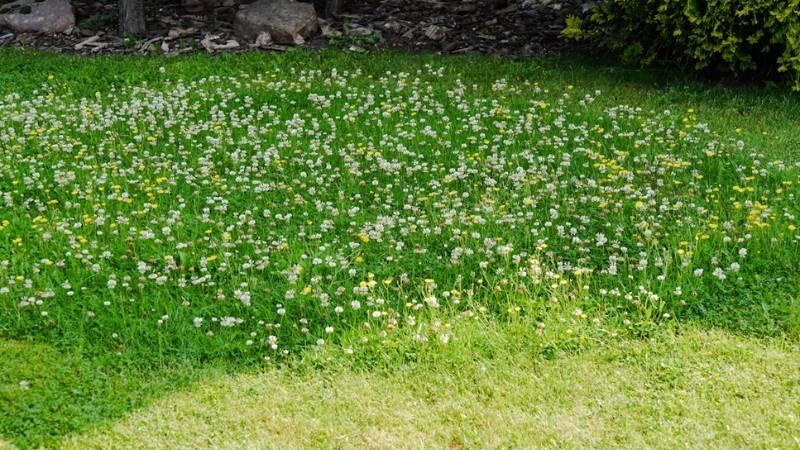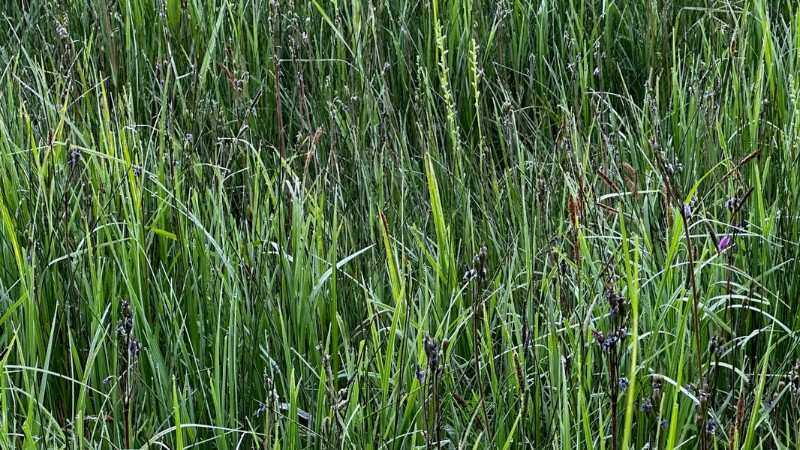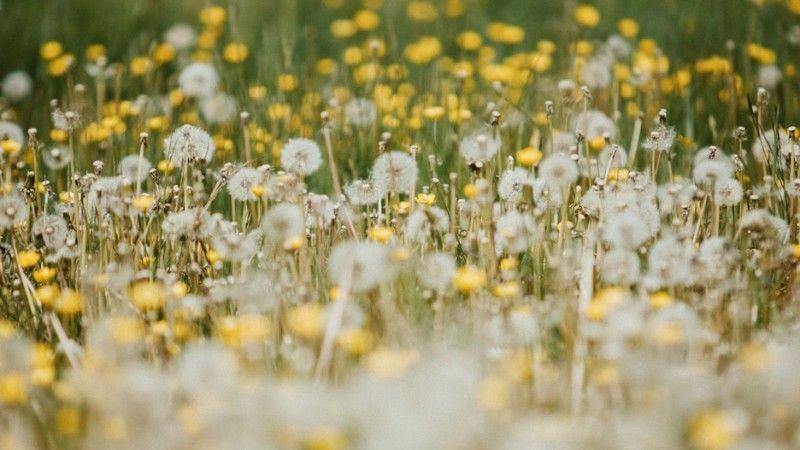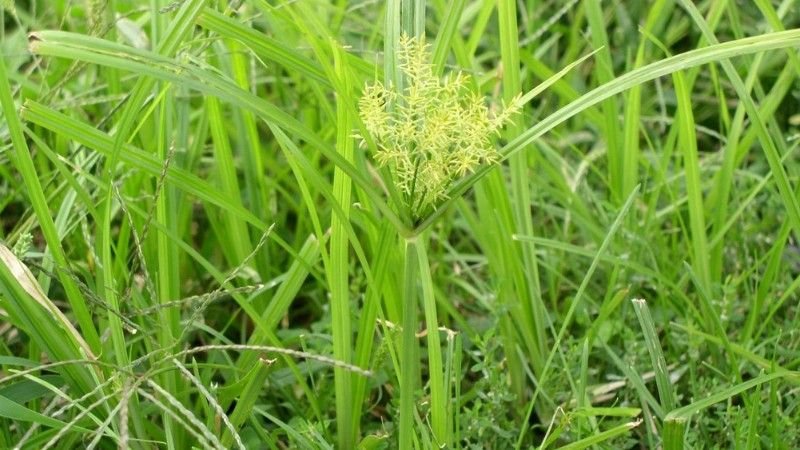The Weedy Trio: Grassy Weeds, Broadleaf Weeds, and Sedges Explained
Reading time: 5 - minutesYou spray.
You pull.
You mow.
And yet somehow, the weeds keep coming back.
The problem isn’t that you’re not trying. What you probably don’t realize is that weeds aren’t just "weeds". By that, we mean not all weeds are the same, and you can’t get rid of them using the same techniques.

Some are sneaky and blend right in with your lawn. Others pop up like red (more like yellow) flags. And then there are some that aren’t even technically weeds in the way most people think.
This guide will talk about the 3 most common types of weeds: grassy weeds, broadleaf weeds, and sedges.
We’ll break down exactly how to tell what type of weed you’re facing, and what you need to do to finally win.
Grassy Weeds

At first glance, grassy weeds don’t even look like weeds. That’s part of why they’re so frustrating. They often mimick your turf until it’s too late to ignore them.
Common grassy weeds include:
- Crabgrass: Loves bare, sunny areas and spreads quickly through seeds.
- Quackgrass: Fast-growing, with wide, rough blades that feel noticeably different underfoot.
- Foxtail: Forms distinctive bushy seedheads and thrives in thin, neglected turf.
Here’s how to spot them:
- They appear as clumps or scattered patches instead of uniform coverage.
- The texture is coarser, with wider or thicker blades than your lawn grass.
- The colour is often slightly off-shade (paler or deeper green compared to your existing turf).
- They also grow faster and may shoot up quicker than the surrounding grass after mowing.
Grassy weeds are notorious for being tough to control because most off-the-shelf weed killers target broadleaf species, not grass-like invaders. If you misidentify and treat them like regular weeds, you’ll waste time and still have a lawn full of imposters.
Learn more about controlling grassy weeds here.
Broadleaf Weeds

Unlike grassy weeds, broadleaf weeds don’t bother trying to blend in. They stand out. Big leaves, bright flowers, spreading stems make them easy to spot, but not always easy to eliminate.
Some common broadleaf weeds include:
- Dandelions: Bright yellow flowers and deep taproots that are hard to pull entirely.
- Clover: Spreads in dense mats, often in thin or underfed lawns.
- Plantain: Broad, flat leaves that stay low to the ground.
- Thistle: Sharp, spiky, and difficult to remove once established.
Here’s how to spot them:
- The leaves are wide and flat with obvious midribs.
- Many broadleaf weeds produce colourful blooms that scatter seeds easily.
- They often spread through both seeds and runners, making complete removal tricky.
Broadleaf weeds thrive in lawns with thin grass, compacted soil, or nutrient deficiencies. They’ll often appear after drought stress or poor maintenance, taking advantage of open space.
Learn more about broadleaf weeds here.
Sedges: The Grass-Like Weeds That Aren’t Actually Grass

At first glance, sedges fool a lot of homeowners. They look like grass, grow like grass… but they’re not grass. And that small detail makes the difference when it comes to getting rid of them.
Common sedges include:
- Yellow nutsedge: Shiny, lime-green leaves that grow taller than your turf.
- Purple nutsedge: Similar to yellow, but with darker seedheads and even more aggressive growth.
- Poorland Flatsedge: Grows low and spreads in dense mats, with fine, narrow leaves and soft green stems.
Here’s how to spot them:
- Edges have a distinct triangular stem. You can feel the edges if you roll it between your fingers.
- The leaves are stiffer, shinier, and more upright than regular grass.
- They often pop up in moist, poorly drained areas or where irrigation over-saturates the soil.
Sedges love wet soil and poor drainage conditions. They reproduce through underground tubers (nutlets), making them incredibly persistent. The problem with sedge control is that many standard weed-and-feed products don’t work on sedges. Pulling them out rarely removes the underground nutlets, so they regrow quickly.
Learn more about controlling sedge weeds here.
Frequently Asked Questions
Why do some weeds survive even after spraying?
Not all weed killers work on every type of weed. For example, products that target broadleaf weeds won’t affect grassy weeds or sedges. It’s important to know the kind of weeds you’re dealing with before applying any herbicide.
What’s the difference between grassy weeds and sedges?
Grassy weeds look like turfgrass but grow in clumps or patches. Sedges have stiff, triangular stems and thrive in wet, poorly drained areas. Each needs a different control strategy.
Can I prevent weeds entirely, or will they always come back?
Total prevention is difficult, but with consistent pre-emergent treatments, proper fertilization, and healthy soil, you can dramatically reduce weed pressure year after year.
When is the best time of year to apply herbicides?
This is typically done in the spring, during the growing season, because this is when the weeds emerge and are actively growing. We want to target the first few, young, actively growing weeds for the best results.
Do I need different treatments for different areas of my lawn?
Yes. Shaded areas, sunny patches, and low drainage spots often host different weeds. That’s why Green Drop customizes treatment plans for your unique needs.
Let Green Drop Handle the Weedy Details for You
The secret to staying ahead of weeds is stopping them before they get started. That’s why our weed control programs combine seasonal timing, using pre-emergent treatments to block new weeds before they germinate and post-emergent treatments to eliminate any that slip through.
Every lawn is different, which is why we build customized weed control plans based on your specific mix of grassy weeds, broadleaf invaders, or sedges. But weed control doesn’t work in isolation.
We pair treatments with balanced fertilization to strengthen your lawn and SoilBooster™ to improve soil health from the ground up. Because healthy grass naturally fights off weeds.
Serving homeowners across Winnipeg, Calgary, Red Deer, Edmonton, Regina, or Saskatoon, we make weed control simple, consistent, and effective

